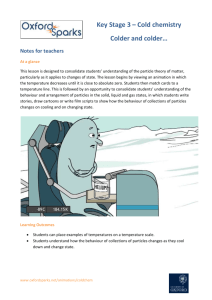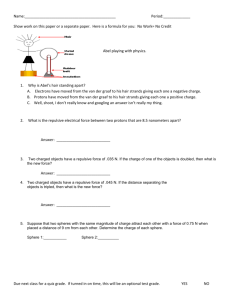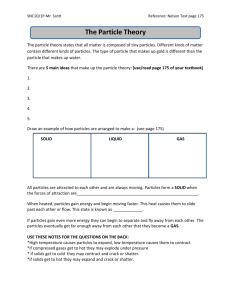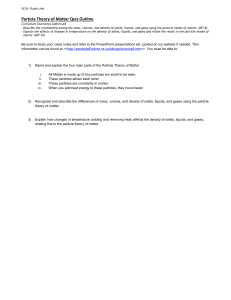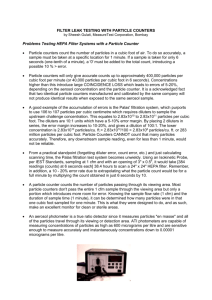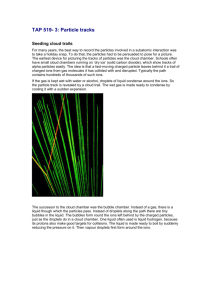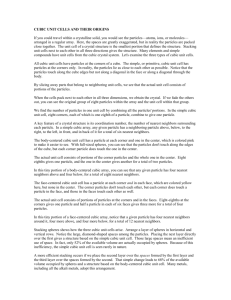test answer redo of q 3 - word comments to accomp+
advertisement
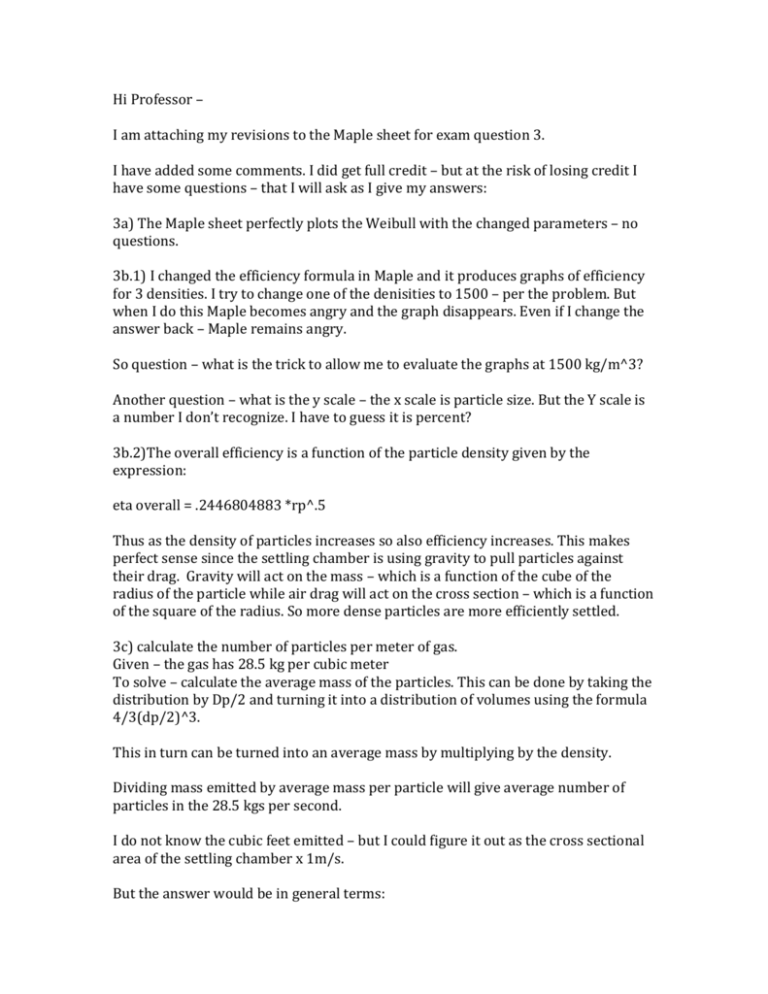
Hi Professor – I am attaching my revisions to the Maple sheet for exam question 3. I have added some comments. I did get full credit – but at the risk of losing credit I have some questions – that I will ask as I give my answers: 3a) The Maple sheet perfectly plots the Weibull with the changed parameters – no questions. 3b.1) I changed the efficiency formula in Maple and it produces graphs of efficiency for 3 densities. I try to change one of the denisities to 1500 – per the problem. But when I do this Maple becomes angry and the graph disappears. Even if I change the answer back – Maple remains angry. So question – what is the trick to allow me to evaluate the graphs at 1500 kg/m^3? Another question – what is the y scale – the x scale is particle size. But the Y scale is a number I don’t recognize. I have to guess it is percent? 3b.2)The overall efficiency is a function of the particle density given by the expression: eta overall = .2446804883 *rp^.5 Thus as the density of particles increases so also efficiency increases. This makes perfect sense since the settling chamber is using gravity to pull particles against their drag. Gravity will act on the mass – which is a function of the cube of the radius of the particle while air drag will act on the cross section – which is a function of the square of the radius. So more dense particles are more efficiently settled. 3c) calculate the number of particles per meter of gas. Given – the gas has 28.5 kg per cubic meter To solve – calculate the average mass of the particles. This can be done by taking the distribution by Dp/2 and turning it into a distribution of volumes using the formula 4/3(dp/2)^3. This in turn can be turned into an average mass by multiplying by the density. Dividing mass emitted by average mass per particle will give average number of particles in the 28.5 kgs per second. I do not know the cubic feet emitted – but I could figure it out as the cross sectional area of the settling chamber x 1m/s. But the answer would be in general terms: 28.5/(number of cubic meters emitted xaverage mass of particle)





